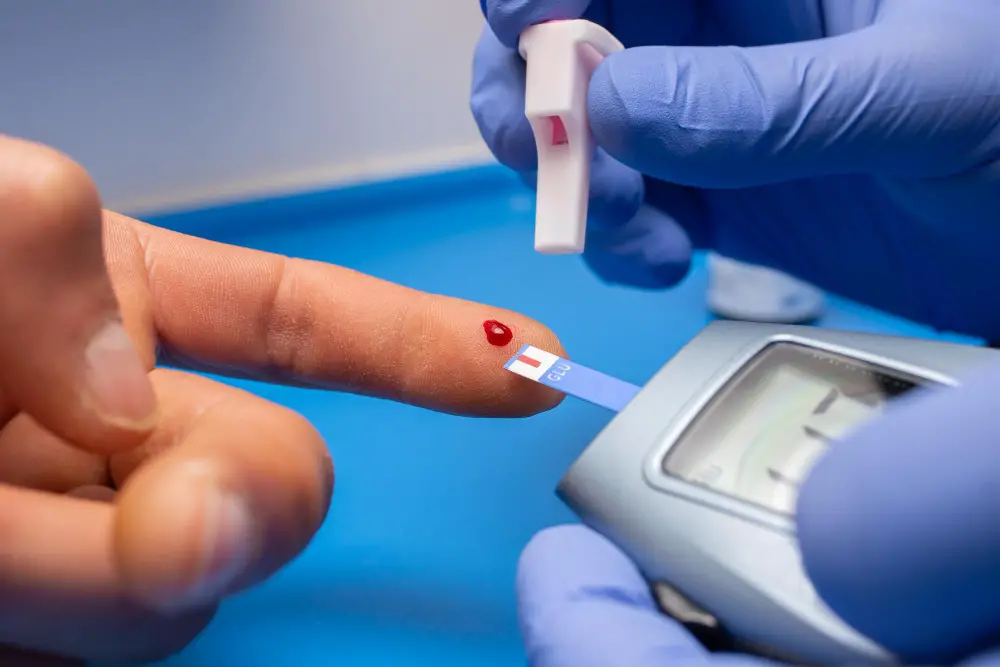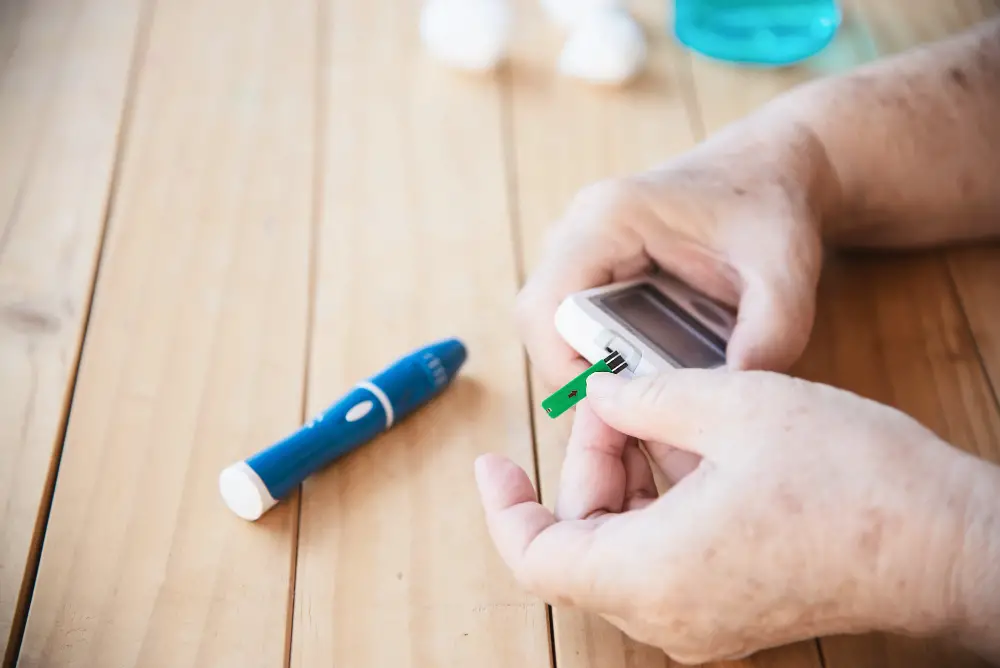
Can You Use Expired Glucometer Test Strips? What You Need to Know
-
- Dr. Junaid Arshad
- May 7, 2023
- 0 comments
Table of Contents
Introduction
If you have diabetes, you know how important it is to monitor your blood glucose levels regularly. A glucometer is a handy tool that allows you to do just that. However, if you’ve had a glucometer for a while, you may be wondering if it’s okay to use expired test strips.
Many individuals may consider reusing glucometer strips or using expired ones due to the high cost associated with purchasing new strips.
In this article, we’ll take a closer look at this question and explore what you need to know.
What Are Glucometer Test Strips?
Before we delve into the topic of using expired glucometer test strips, let’s first define what they are. Glucometer test strips are small, disposable pieces of plastic that are coated with chemicals that react with glucose in your blood. When you place a drop of blood on the strip and insert it into the glucometer, the device reads the chemical reaction and displays your blood glucose level on the screen.
Why Do Test Strips Expire
Glucometer test strips are sensitive to moisture and temperature fluctuations, which can affect their accuracy over time.
As a result, manufacturers put an expiration date on the test strip packaging to ensure that they’re used within a certain timeframe.
Using expired test strips can potentially lead to inaccurate results, which can be dangerous for people with diabetes.
Can You Use Expired Test Strips?
The short answer is no, you should not use expired glucometer test strips. When a test strip expires, the chemicals on the strip can deteriorate, which can cause inaccurate readings. Even if the expired strip produces a result, it may not be reliable. This can lead to serious health consequences if you make decisions based on inaccurate readings.
What Are the Risks of Using Expired Test Strips?
Using expired test strips can lead to a variety of risks for people with diabetes. Here are a few potential consequences:
- Inaccurate Readings: As we mentioned earlier, using expired test strips can lead to inaccurate readings. If your blood glucose level is actually high, but the expired strip shows a lower number, you may not take the necessary steps to correct the situation. This can lead to hyperglycemia, which can cause a variety of health problems.
- Hypoglycemia: Conversely, if the expired test strip shows a higher number than your actual blood glucose level, you may take too much insulin or skip a meal. This can cause hypoglycemia, which can also be dangerous.
- Wasted Money: Finally, if you use expired test strips, you may be wasting your money. Test strips can be expensive, and if you’re using expired ones, you’re not getting accurate results for your investment.
How to Store Test Strips
To ensure that your test strips remain accurate and reliable, it’s important to store them properly. Here are a few tips for storing your test strips:
- Keep them in their original packaging until you’re ready to use them.
- Store them in a cool, dry place, away from direct sunlight and heat.
- Don’t expose them to moisture or humidity.
- Don’t store them in the bathroom, as the humidity from showers and baths can affect their accuracy.
When Should You Replace Test Strips?
To ensure that you’re getting accurate readings from your glucometer, it’s important to replace your test strips regularly.
Most manufacturers recommend replacing them every three to six months, even if they haven’t expired yet.
If you notice any damage or defects on the strip, such as discoloration or a cracked plastic cover
Do expired glucose test strips read high or low?
Expired glucose test strips can provide inaccurate readings, which may be either high or low.
The accuracy of the expired test strip depends on several factors, such as how long it has been expired, how it has been stored, and the environmental conditions during use.
The chemical composition of the test strip can deteriorate over time, causing the strip to give incorrect readings.
When an expired test strip reads lower than the actual blood glucose level, it can lead to missed hyperglycemia diagnosis and treatment, which can be dangerous.
Conversely, if the expired test strip reads higher than the actual blood glucose level, it can lead to overtreatment of hyperglycemia, which can cause hypoglycemia, another serious health condition.
It’s crucial to note that the extent to which an expired test strip may be inaccurate varies, and it’s challenging to predict how an expired strip will read.
Therefore, it is best to avoid using expired test strips altogether and replace them with new ones.
This will help ensure that you receive the most precise blood glucose readings possible, allowing you to make informed decisions about your diabetes management.
Cost-Saving Strategies for Buying and Using Glucometer Strips
If you’re managing diabetes, buying and using glucometer strips can quickly become a significant expense. Here are some cost-saving strategies for buying and using these strips:
- Buy in bulk: Purchasing a larger quantity of glucometer strips at once can help you save money. Many manufacturers offer discounts for bulk purchases, so it’s worth checking with your supplier to see if this option is available.
- Look for discounts: Keep an eye out for promotions, deals, and discounts offered by manufacturers or suppliers. You can sign up for newsletters or follow the companies on social media to be aware of any special offers or sales.
- Use generic brands: Generic brands of glucometer strips are often less expensive than the name-brand versions. Be sure to check the compatibility of these strips with your specific glucometer device.
- Use your healthcare savings account: If you have a healthcare savings account, you can use it to pay for glucometer strips. This can help you save money by using pre-tax dollars to cover the cost.
- Keep your strips stored properly: Proper storage of your glucometer strips can help prevent wastage and save you money in the long run. Make sure to store the strips in a cool, dry place, away from direct sunlight or extreme temperatures.
- Use your strips judiciously: To save money, use your glucometer strips judiciously. Use the strips only when necessary and follow your doctor’s instructions on how often you should be checking your blood sugar levels.
By following these cost-saving strategies, you can reduce the financial burden of managing diabetes without compromising on the quality of care.


